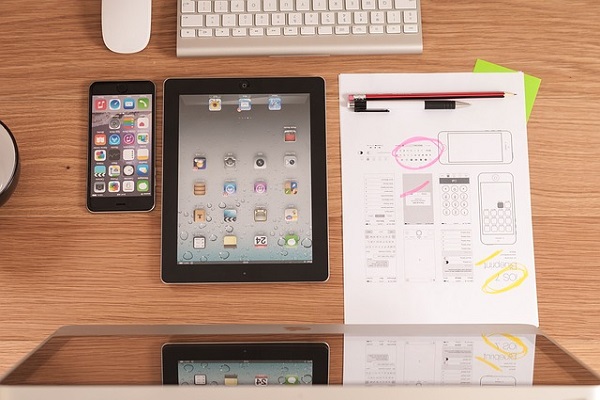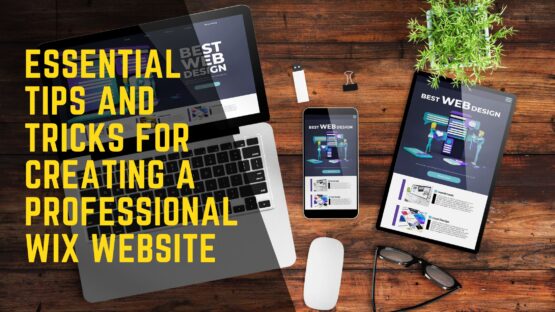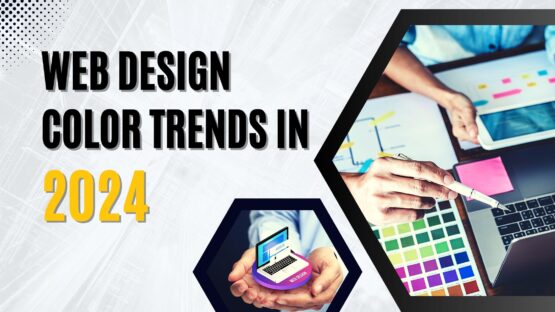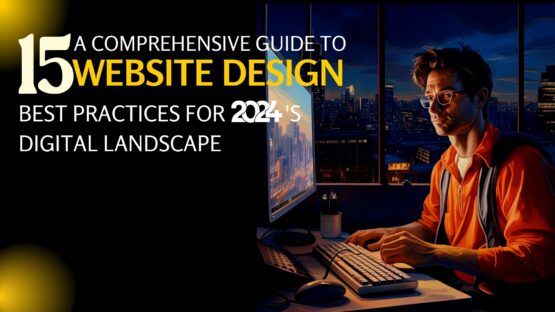Brands are always on the lookout for new web design trends. Other than the use of graphics and videos for brand endorsement, web design in 2016 also relies on innovative techniques such as animation, parallax scrolling and rich multimedia experience.
Not all design trends of 2015 have ticked the “brand-benefit” checkbox. Some did nothing other than adding flashiness. In this article, I’ll discuss those trends that have been functioning as leverage for brands.
Ghost buttons
Long before 2016 arrived, a number of design pundits predicted the impending popularity of ghost buttons. A ghost button offers a brand some major benefits, two of which are following:
- An unobtrusive visual experience
- Better click through rate
When a visitor lands on a site that features a ghost button, he can see images or texts through the button; he finds this experience impressive. He also feels a subconscious impetus to click on that button. This can deliver a brand favorable results both in terms of lead generation, and ensuing sales.
Grid-based approach
The grid layout trend can help a brand go a long way. From a designer’s point of view, the features and the syntax of this approach depend on feeding codes to the browser. Knowledge in coding is essential for the successful application of this approach.
A designer writes codes to make sure grids are visually appealing and render excellent performance. At the end, he checks the browser adoption.
The top benefits of a grid layout approach are following:
- The site design being appealing
- User friendly navigation
- Simplistic and minimalist design
A site featuring grid based layout can provide users with seamless navigation. It’s a minimalist approach, which means users stay hooked to the site and engagement gets an excellent boost.
Websites that earn from advertisements are highly recommended to go for grid layout approach. Those sites are off the radar, but the benefits they receive are not. One of them is dodging Google’s bullet.
Websites featuring ads can be thin on organic content, which might invite penalty from Google. But the grid approach can render an architecture that can manage the ad section, making advertisements visible and reduce their conflict with organic content.
Adaptive web design
I won’t say adaptive web design (AWD) is overshadowing responsive web design (RWD) because that’d be a hyperbole. A more telling statement would be this:
Adaptive web design is presenting some unanticipated benefits to brands, which responsive web design has failed to present.
A seasoned marketer called Daniel Weisbeck said the following:
“Adaptive design is the best solution for ecommerce and consumer brand sites that want to provide an interactive mobile browsing experience that supports functions like mobile store fronts, payment solutions and rich media integration.”
Brands have frowned RWD because of its one-size-fits-all approach. But AWD customizes the layout based on the specifications of a device; this implies user-focused readability instead of browser-focused readability, and that’s precisely what a brand wants. An adaptive site ensures that irrespective of the device being used, a brand’s message will always reach its users.
Mobile typography
If you have read my article on design trends for mobile web surfing, you’d have comprehended by now how important are the placement of letters and the placing between two lines. A small mistake, and the texts will make it difficult for users to surf through the content on the page.
Mobile typography fixes the mistakes. Since a brand can never take the risk of annoying users, mobile typography should be among its design priorities. The screens are small, sometimes overly small, which means low-contrast visuals are inevitable. A site visitor, therefore, may not notice informative links. An impeccable mobile typography can fix this and other similar glitches by
- Keeping the text size optimal
- Adding extra space to texts
- Adding extra space to the margin and between lines
- Selecting simple typefaces
In ten or twenty years down the line, x86 devices will become relics from the past. So a brand needs to have his typography strategies set for mobile screens from now.
The four design trends have been widely popular so far. They are doing brands a favor, brands of all scales need to implement them to enjoy the edge in this competing scenario.
Image Courtesy: www.business2community.com




